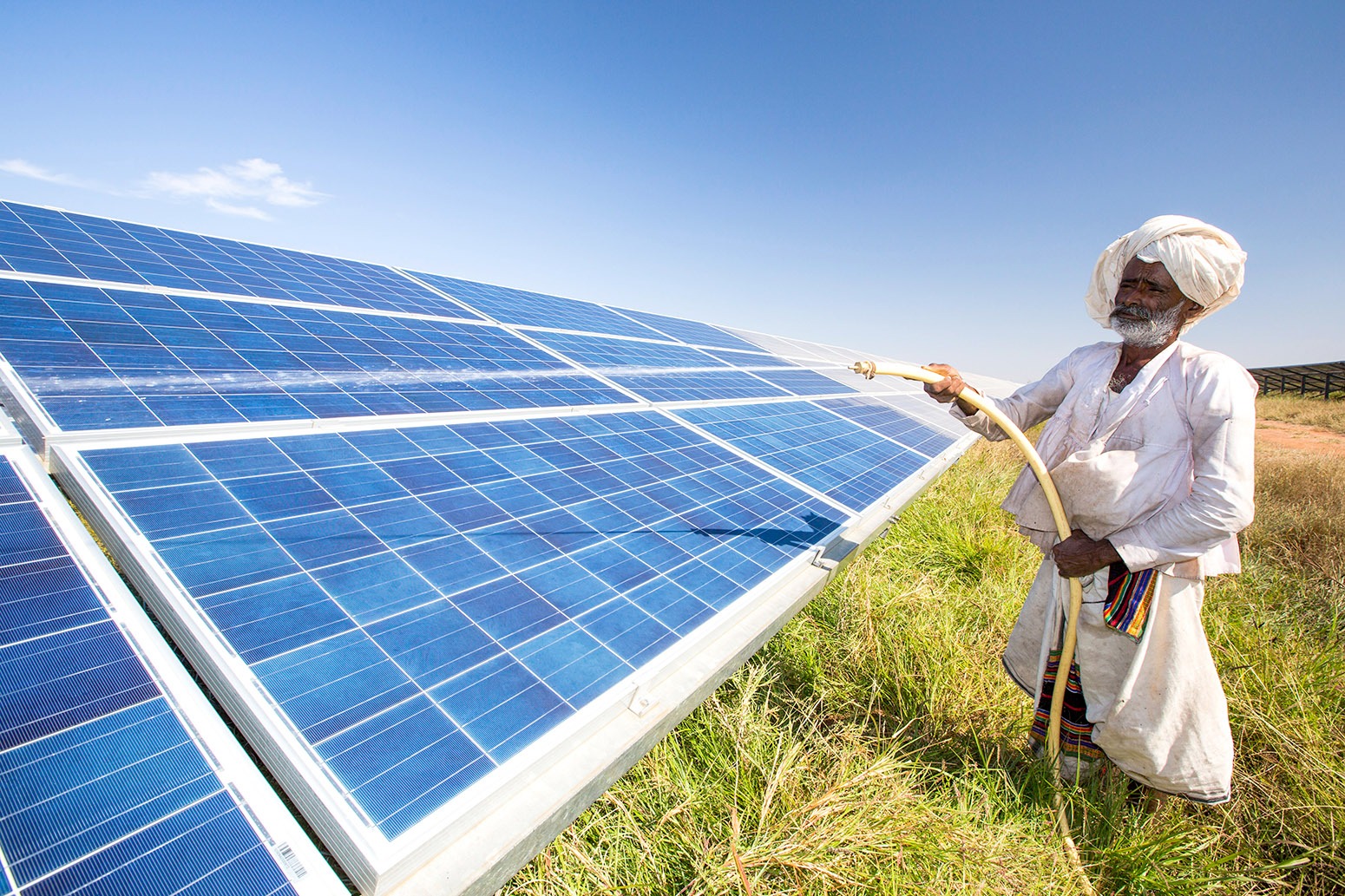According to the experts of Borg Energy India Pvt Ltd, the demand for energy is similarly on an all-time high. Hence, the Indian government has taken initiatives and set objectives to meet the rising demand for renewable energy over the next few years.
Looking back, the country no doubt has made some remarkable progress. The pandemic and containment measures implemented to curb the coronavirus has got the economy crippling down. The business closed, people on lockdown, salary cut and job loss. Yet, it has been a year of clean energy.
India generation of power capacity from renewable, wind hydroelectric, and other solar sources have already reached 38 per cent in 2020. Giving India a massive renewable target, this progress is already putting the country on track to reach and exceed the goals without hassle. The landmark project for flexible renewable energy was also awarded as a way of addressing the challenges of irregularities of wind and solar
Hence, Borg Energy India Pvt Ltd, a company offering innovative, efficient, micro plant while harnessing the power of wind and solar explores India’s renewable energy goals. Plus, how India is set to achieving these goals.
1. Short Term Goals
India is on its journey of ambitious goals on renewable energy and its working towards making them happen, the experts of Borg Energy India Pvt Ltd says . The government has set a target of 175GW of renewable energy by the year 2022. This includes 100 GW from solar, 60 GW from wind, 10 GW from bio-power and 5 GW from small hydropower. Plus, a Rooftop Solar Projects of 40 GW by 2022.
When this plan was first announced by the Prime Minister Modi in 2015, it was met with skepticism. After all, this is a nation that is mostly dependent on coal and has only generated 34GW. As of September 2020, the renewable power capacity was already at approximately 90GW, 48GW are at various stages of installation and almost 26GW are at the planning stages.
At the World Solar Technology virtual Summit, PM Modi confidently states that India will reach the 175GW budget of its 2022 renewable energy target and even surpass it to reach 220GW by 2022.
2. Long Term Goals
India long term goals for the next decade will be a great move of the world’s aim of transitioning from fossils fuels to clean energy.
Modi further raised the bar at the United Nations Climate Action Summit, 2019 by announcing that a new target of 450 GW of its total electricity in renewable energy capacity by 2030. The country is aiming for a greater target of 57% of energy sources from renewable energy in 2027.
Wood Mackenzie in its recent report forecast that there will be a major transformation from oil and gas to renewable energy by 2035. Solar power and wind power will play a huge role in this major shift including electrified motors for transport instead of gasoline and diesel.
Government ambition will be a huge one in the global aims of cleaner energy. These goals are achievable considering the successful track records, transparency and stability, heavy investment, and consistency.
The Way Out
Borg Energy India Pvt Ltd remarks that solar batteries will play a role in the adoption of renewable energy. The intermittent of wind and solar is a challenge. Therefore, if the country is to achieve its aims, solar batteries are important as they can be used when the principal power system defaults.
The good news is the prices of solar batteries are declining just as the cost of solar and wind energy has dropped in recent years. As the prices of these technologies fall, demand for them increases and this will contribute to the acceleration of adoption.
Tags: Renewable Energyrenewable-energy-goalsrenewable-energy-india

